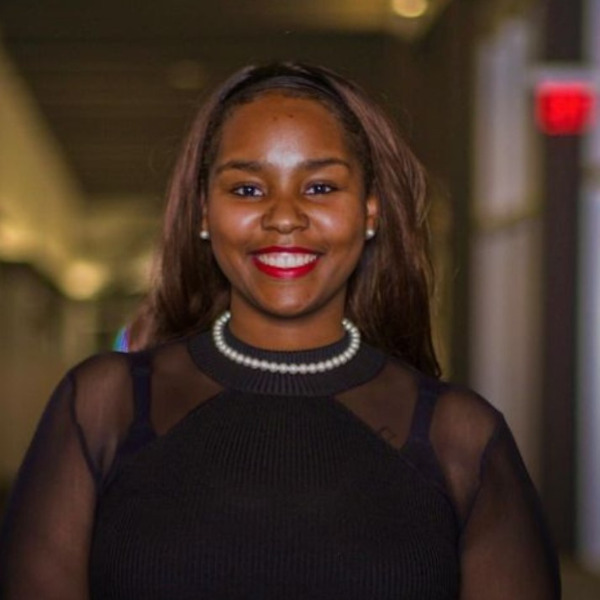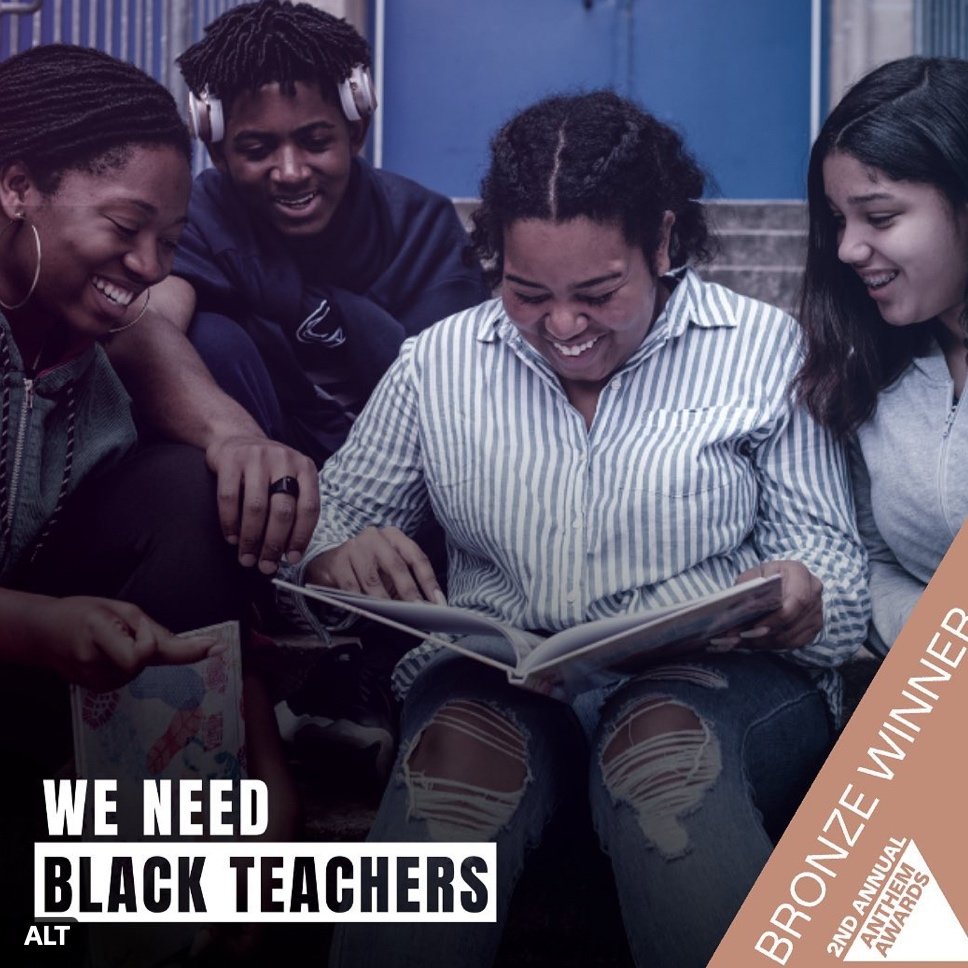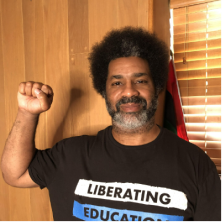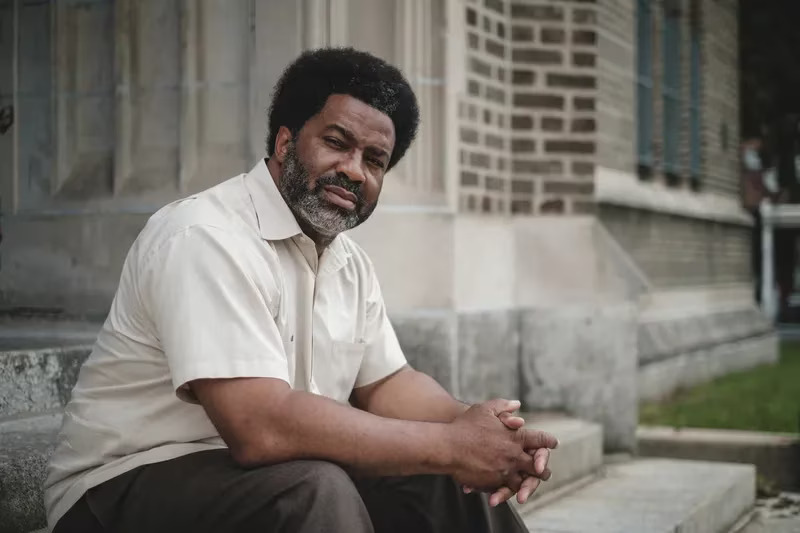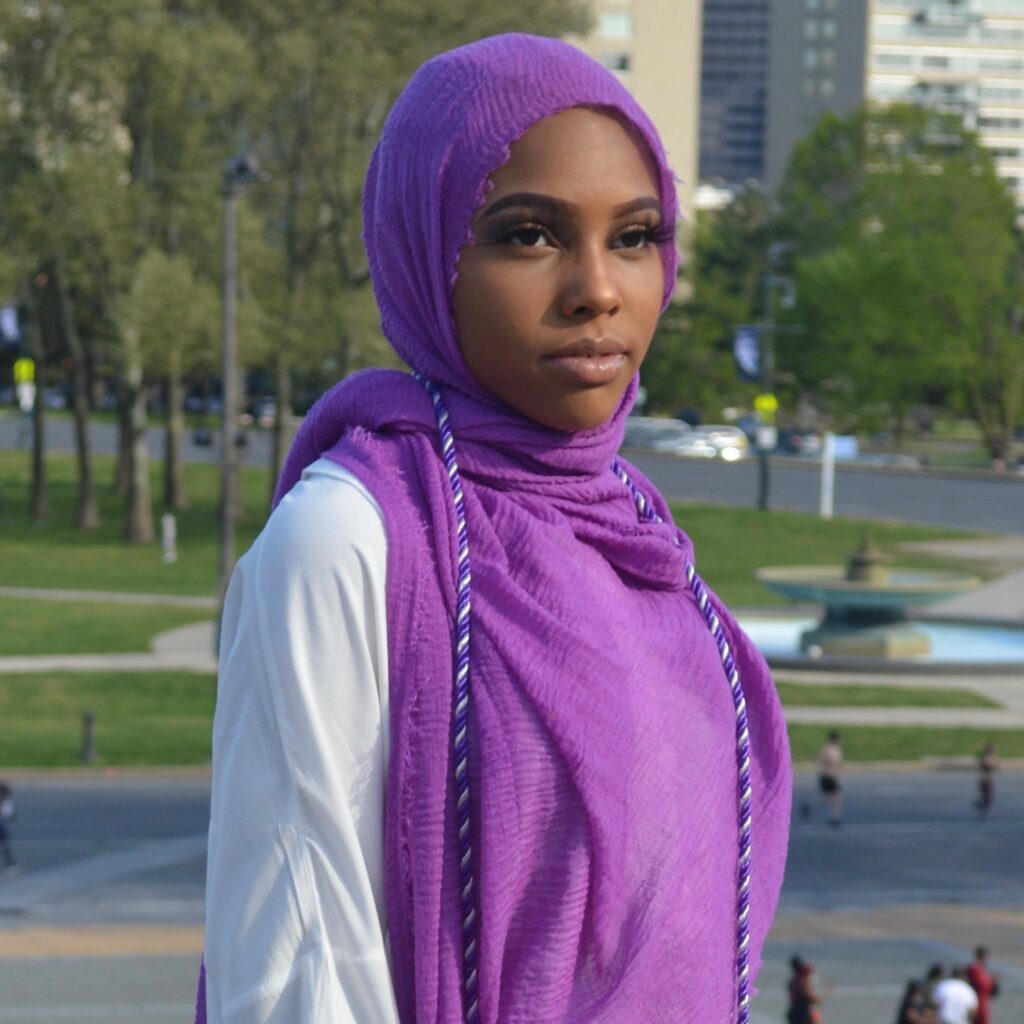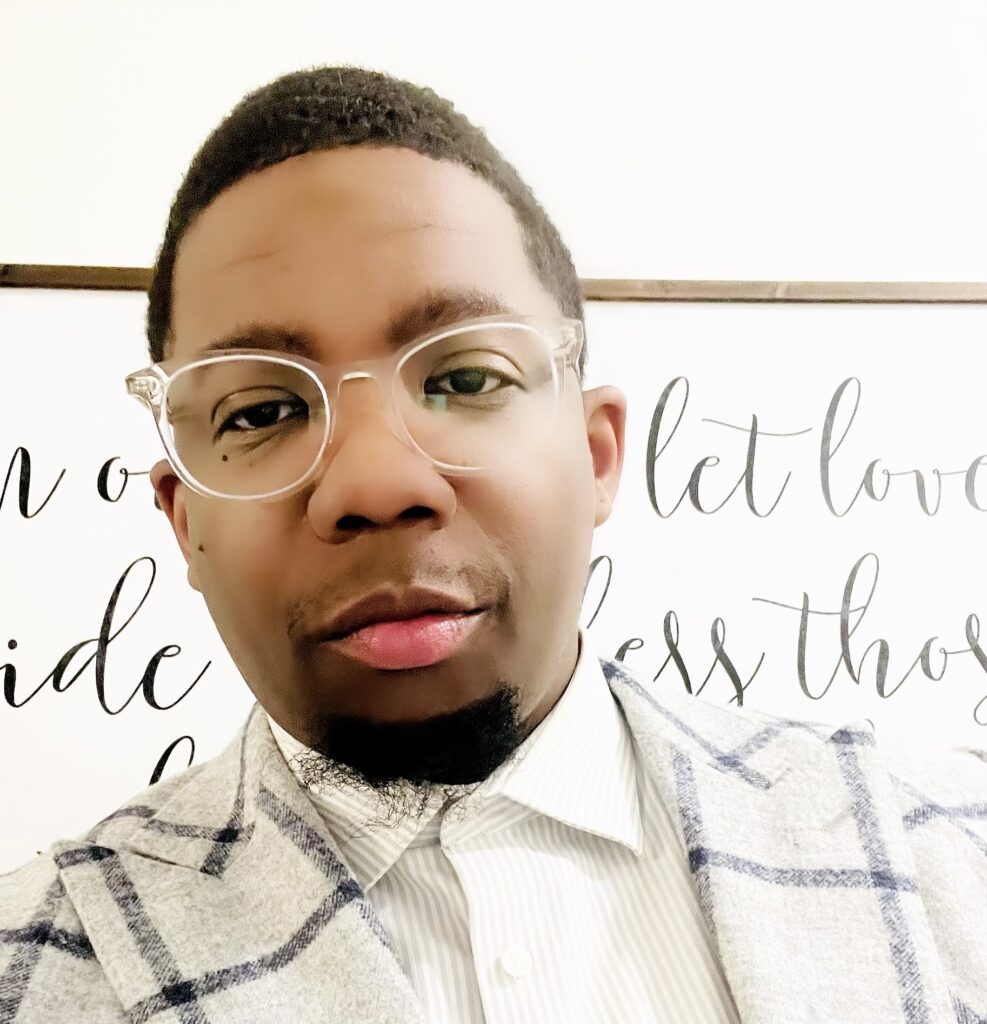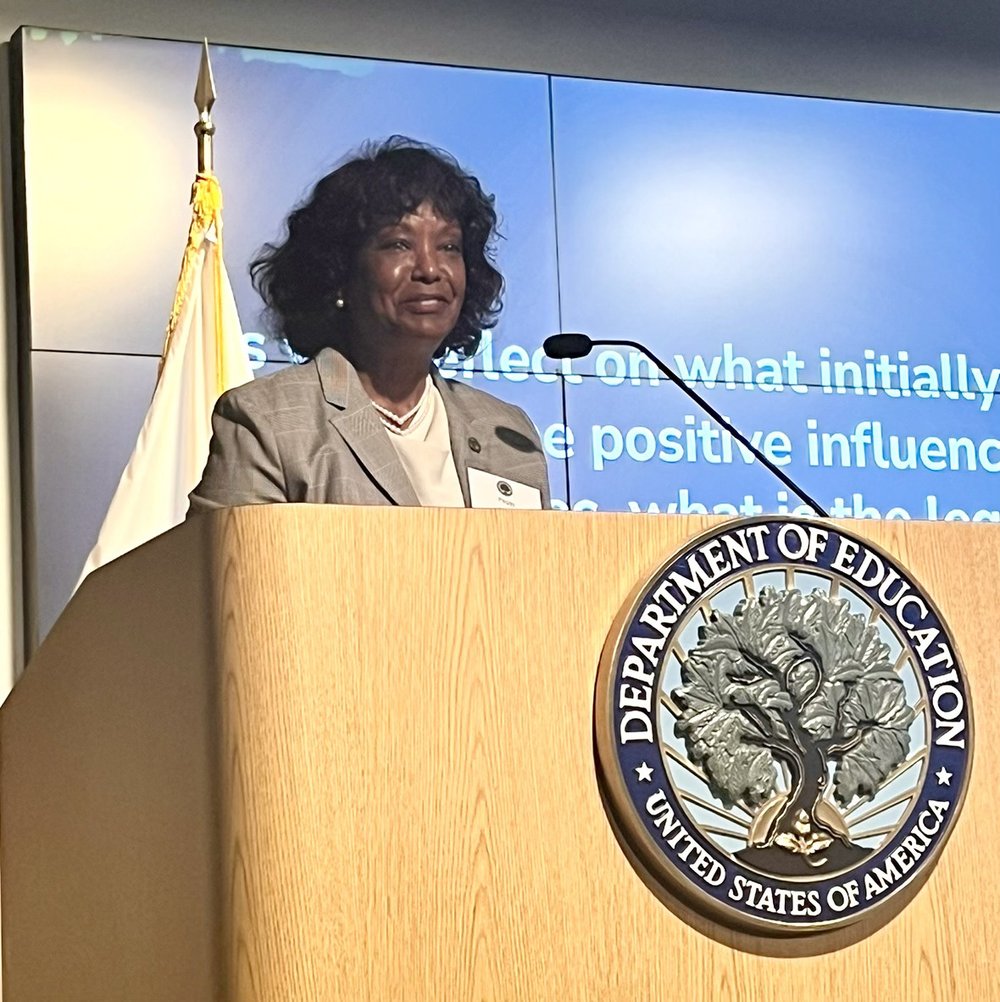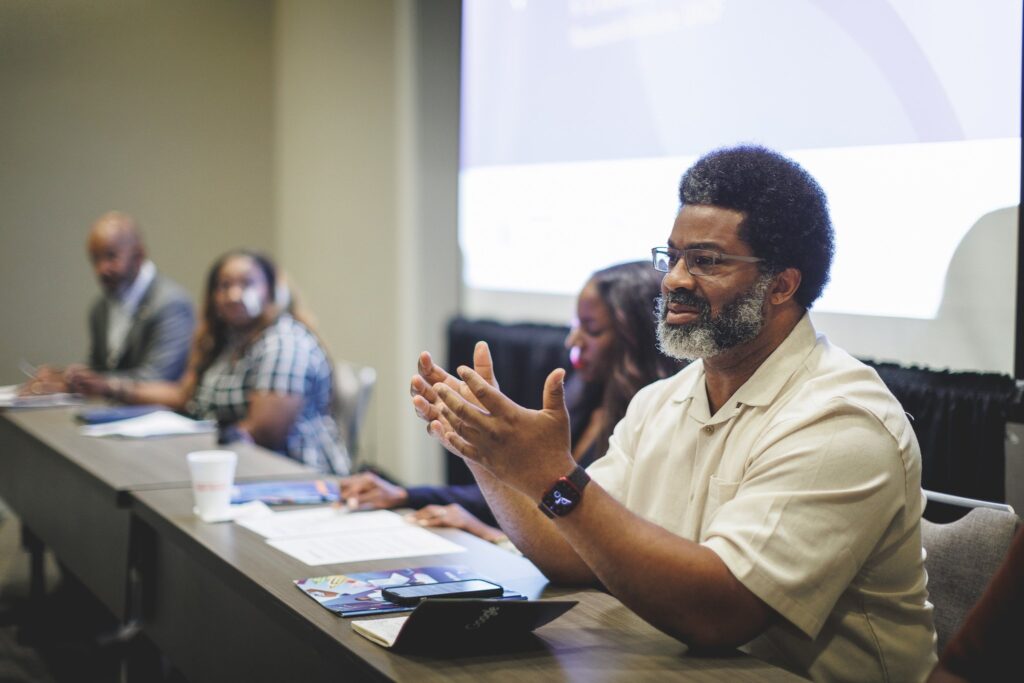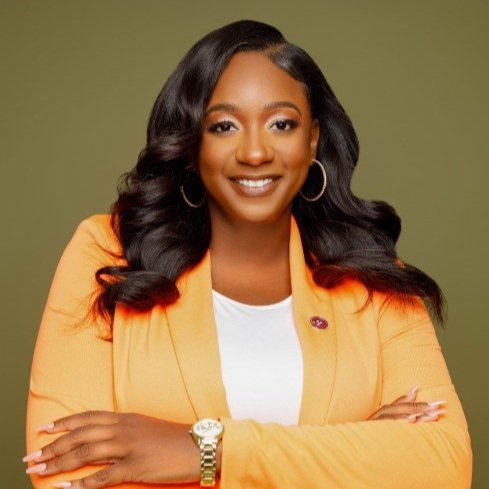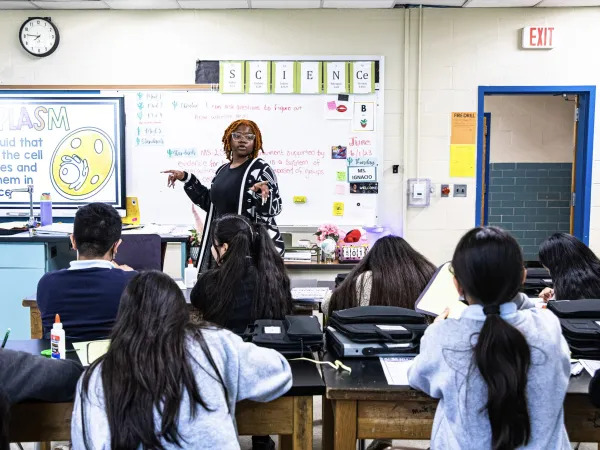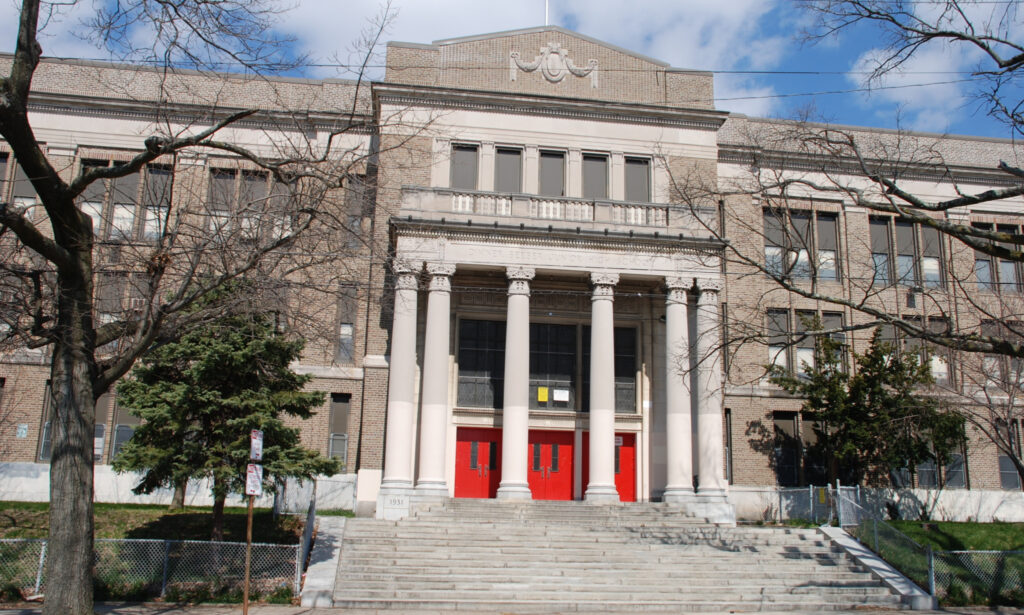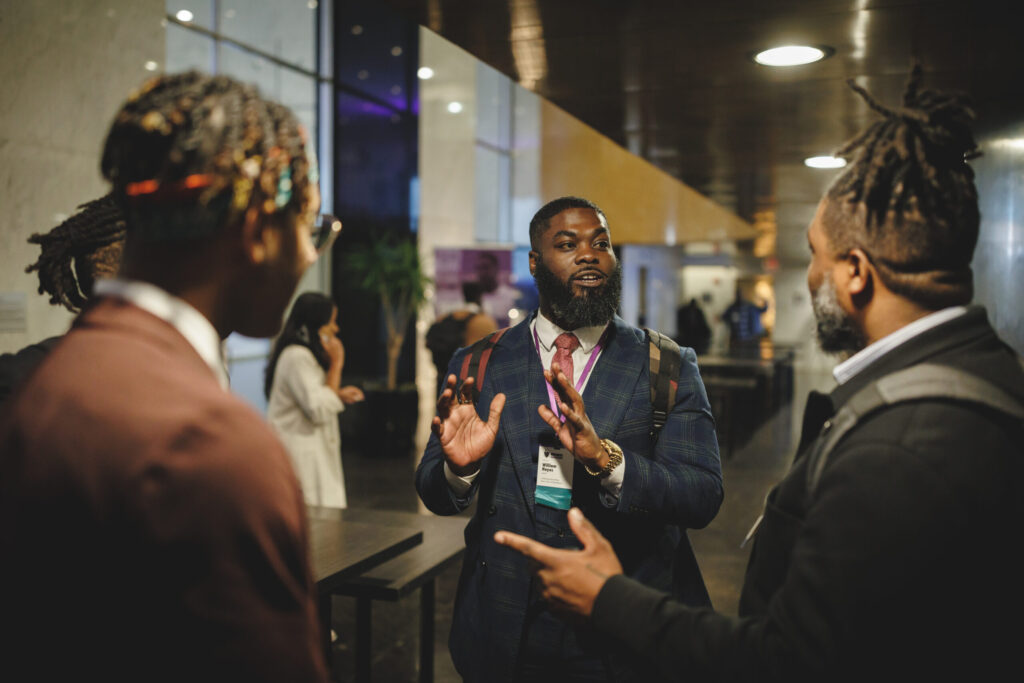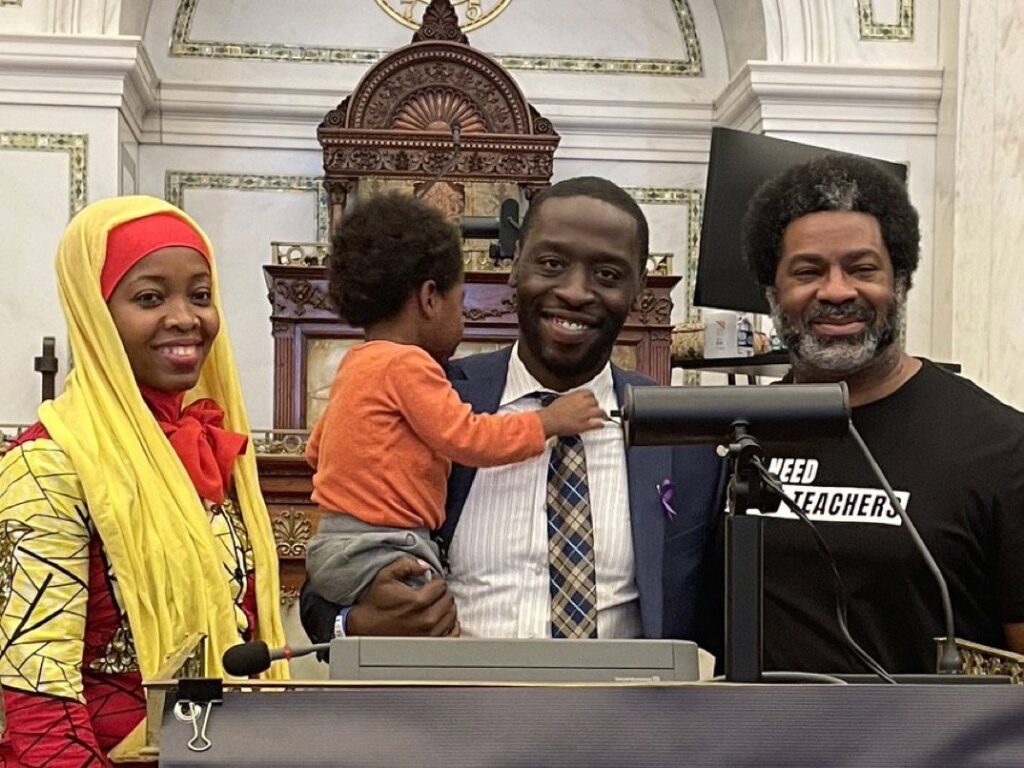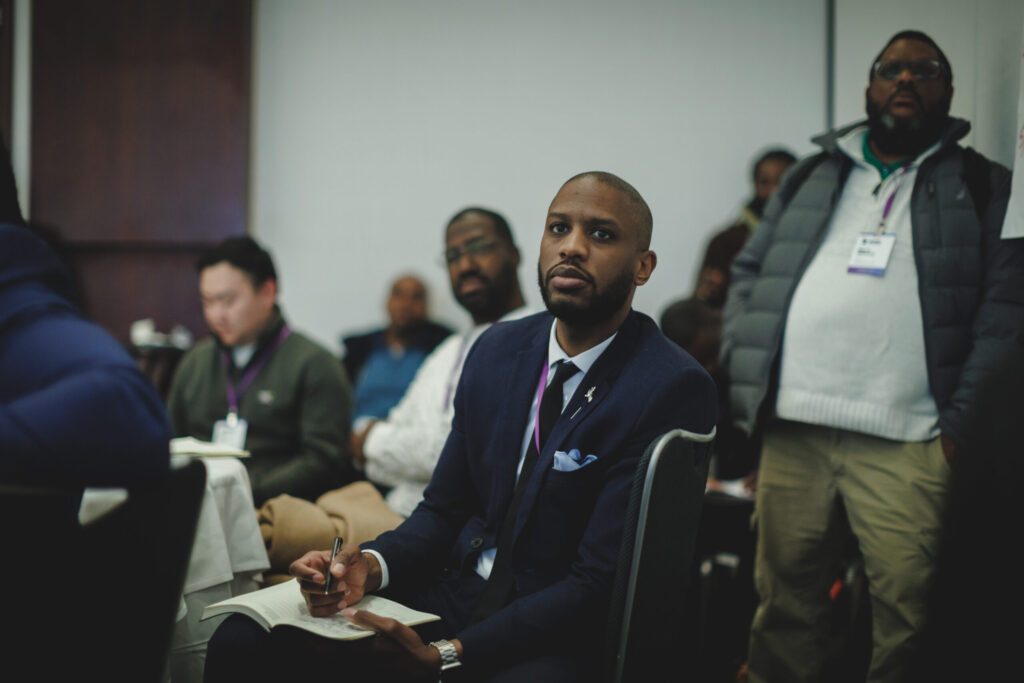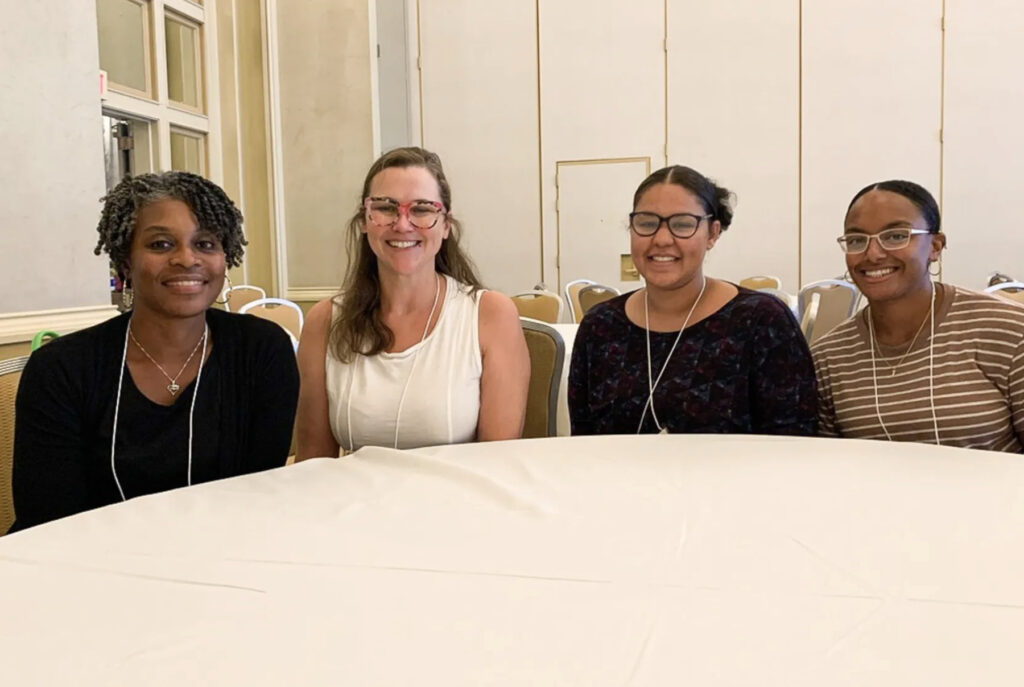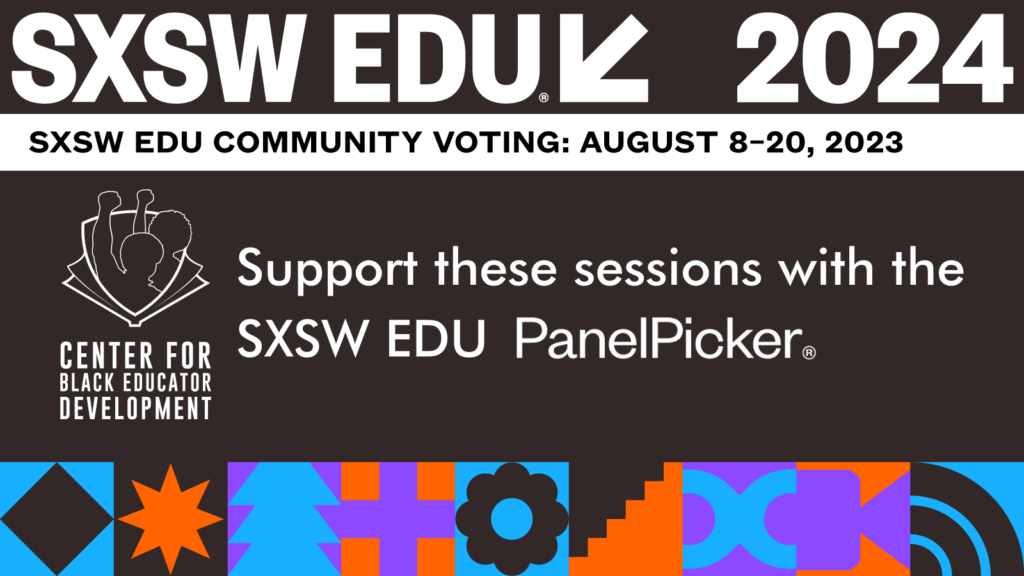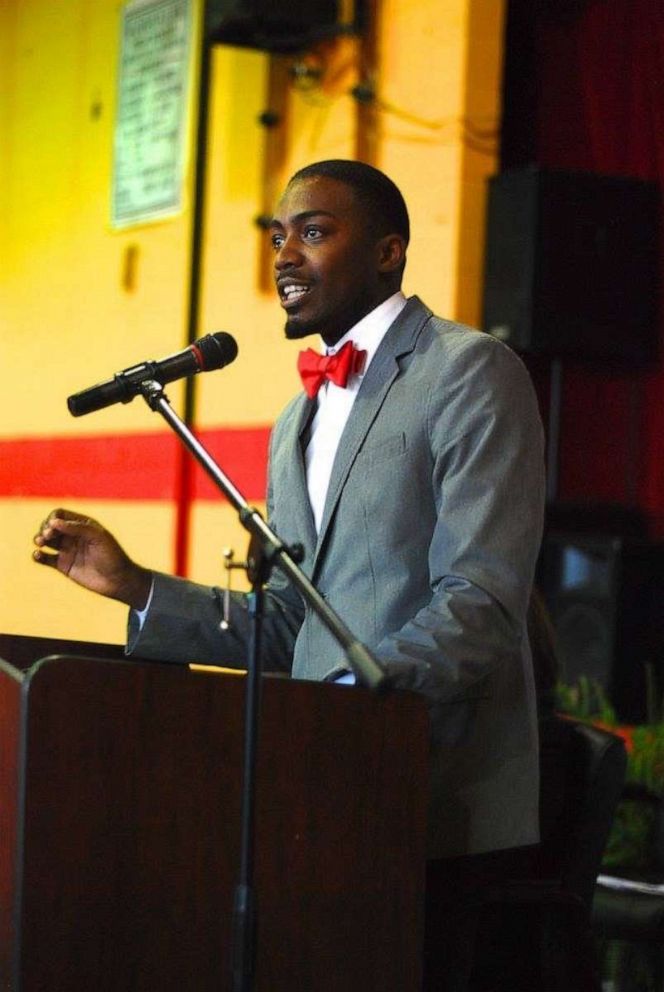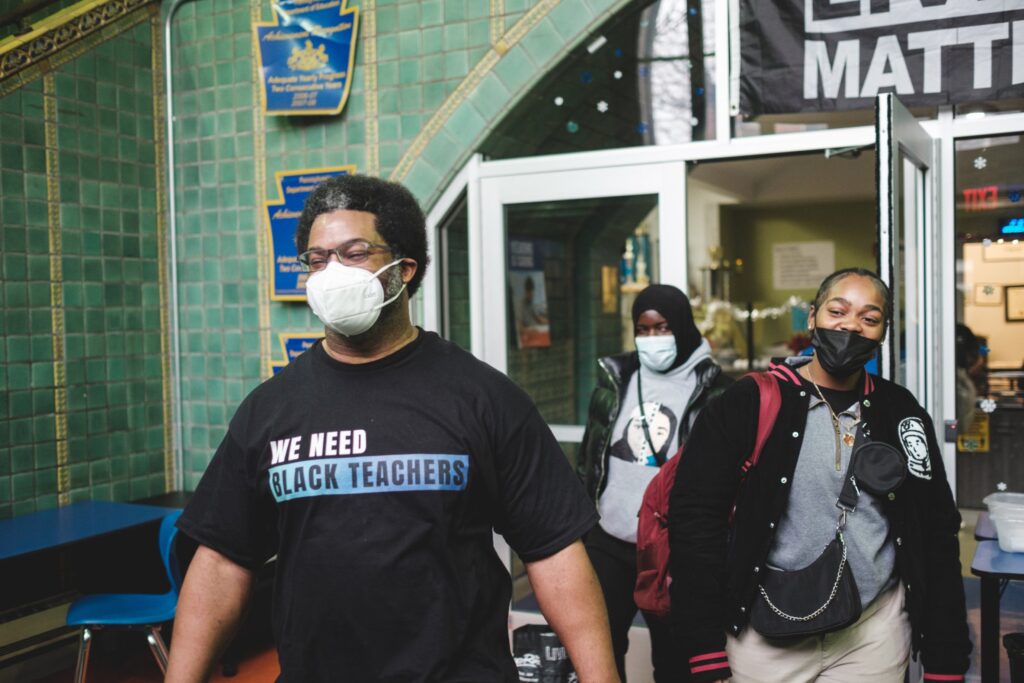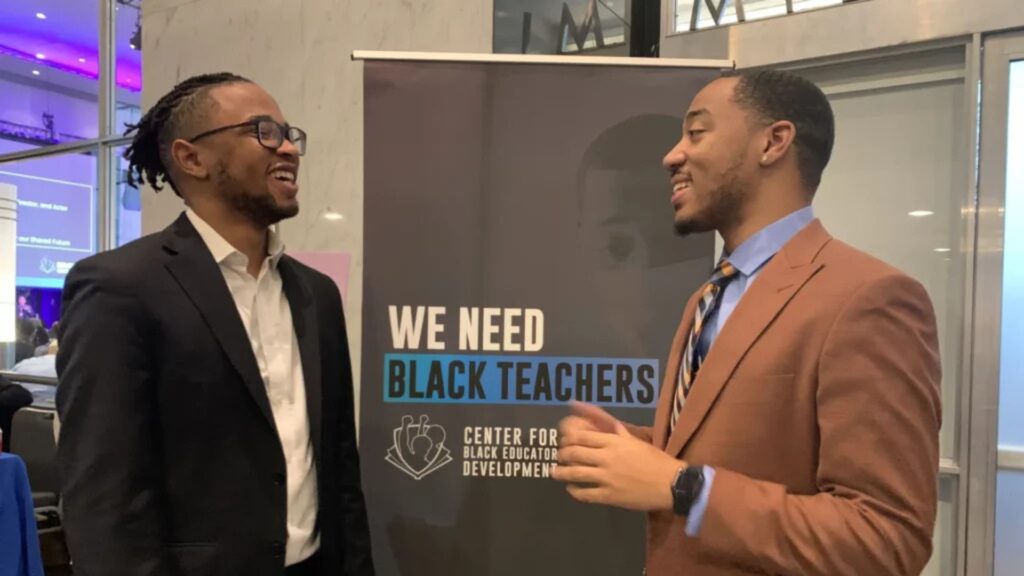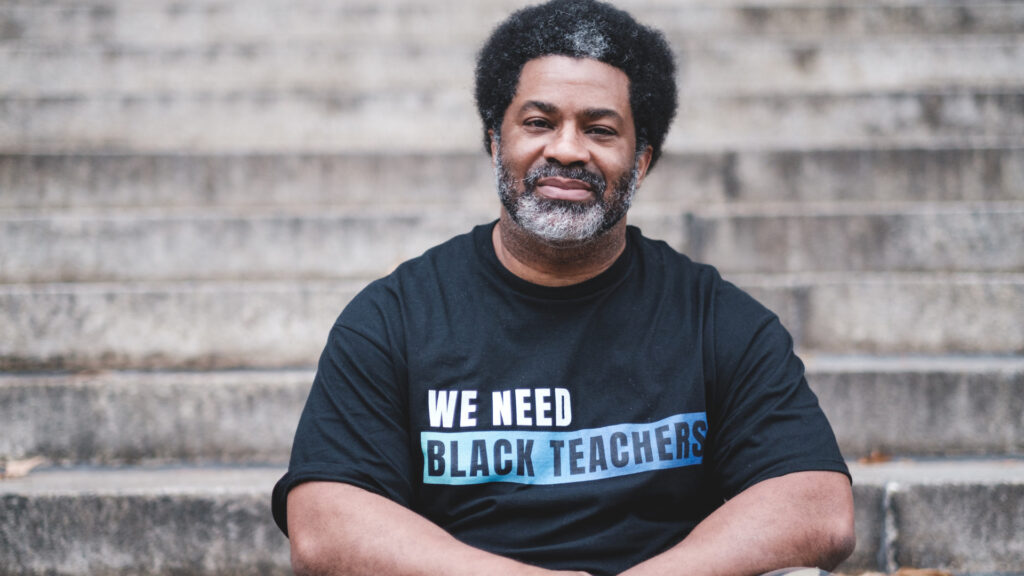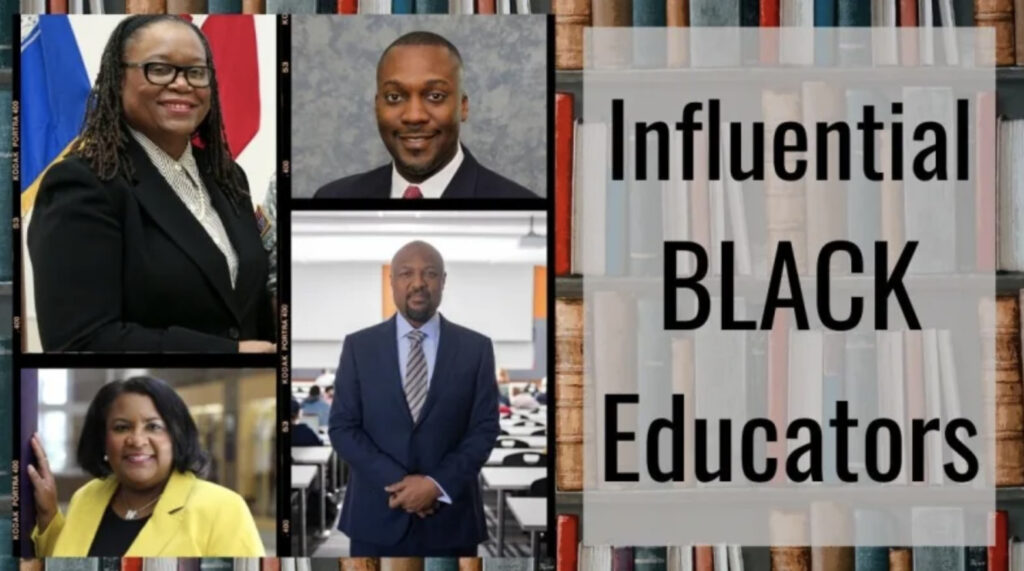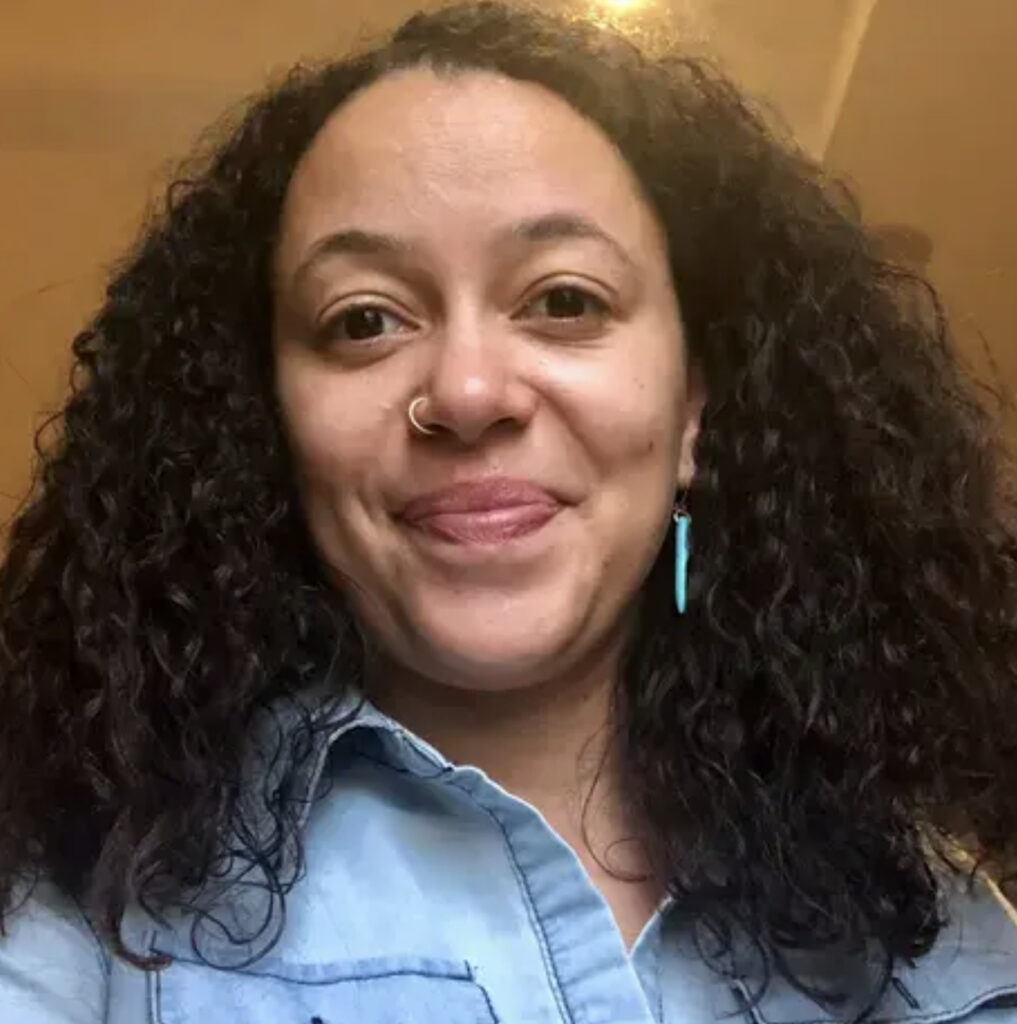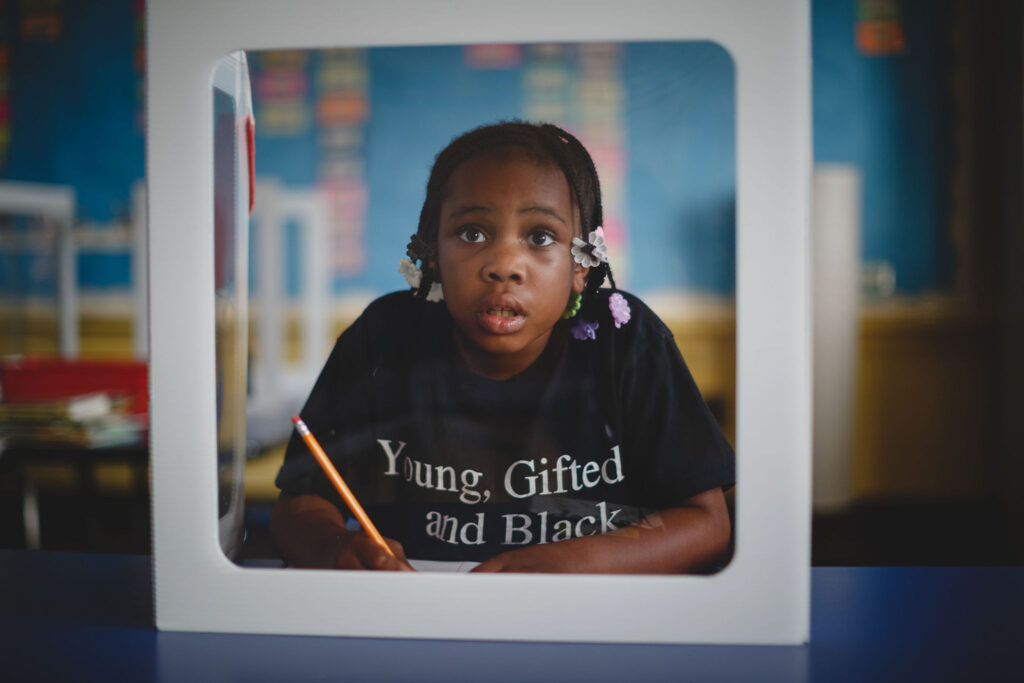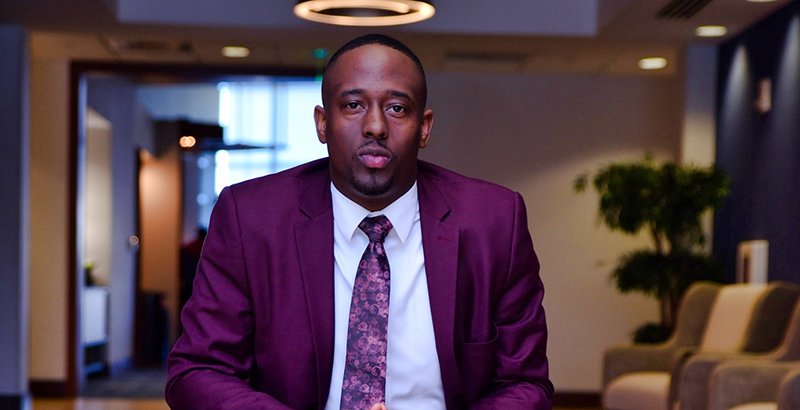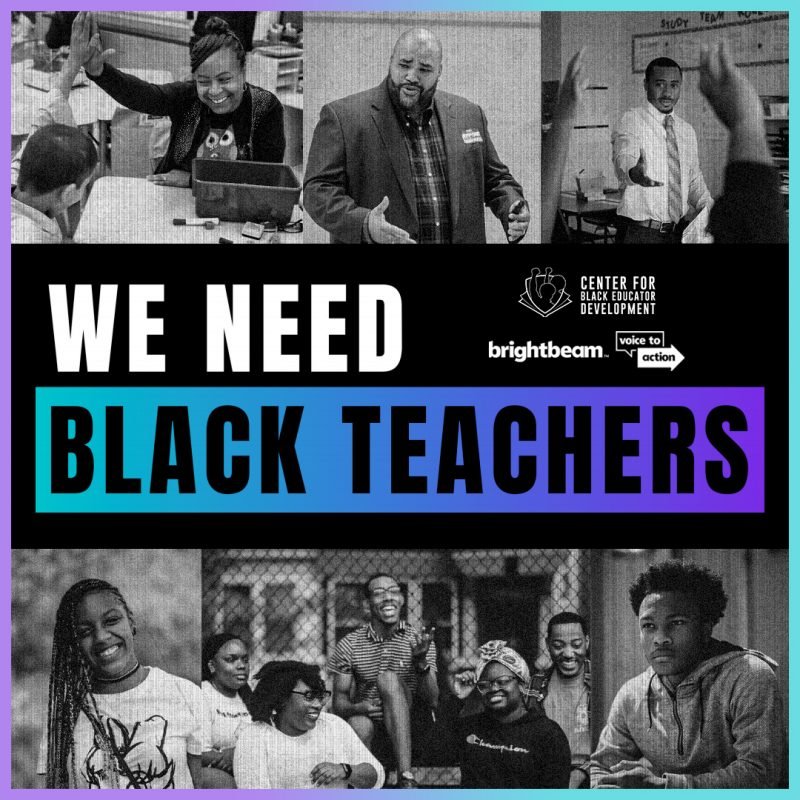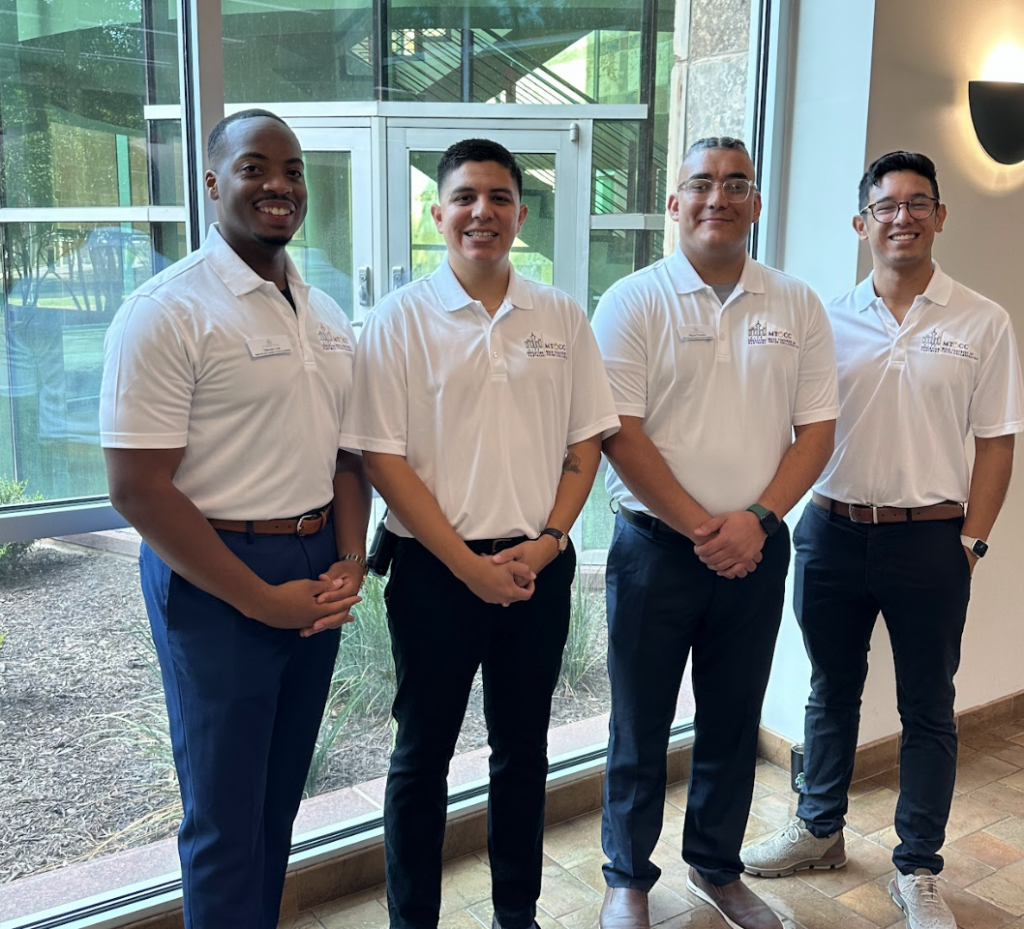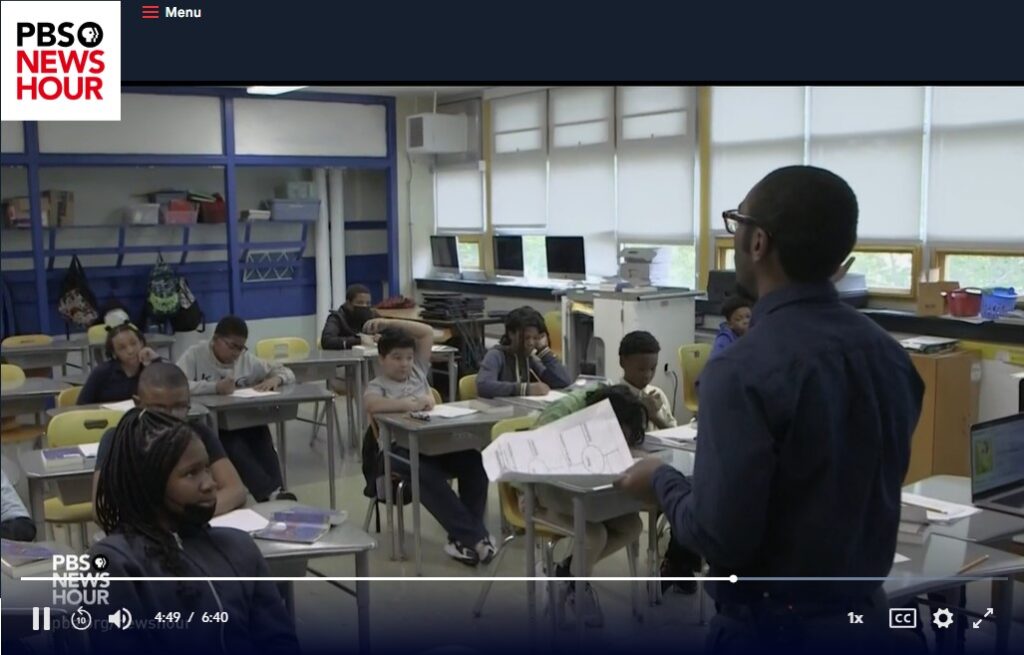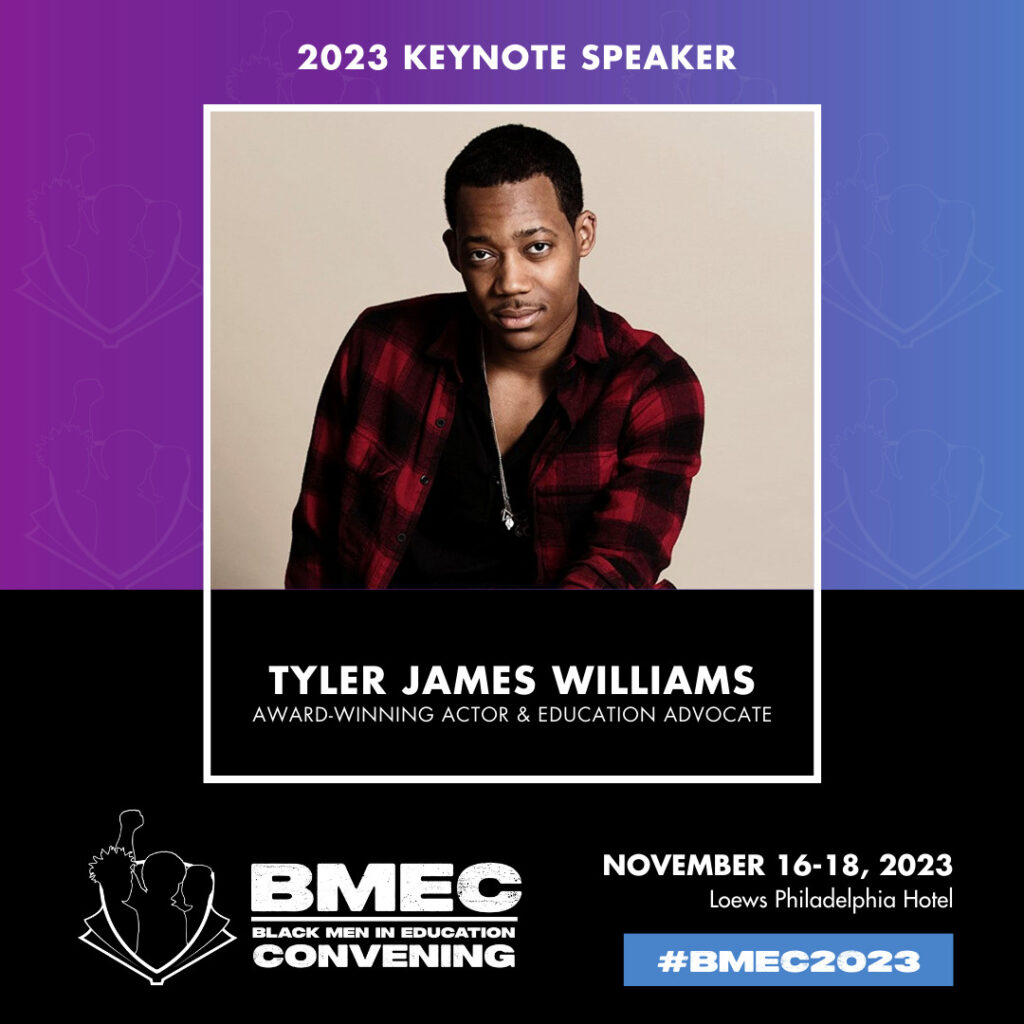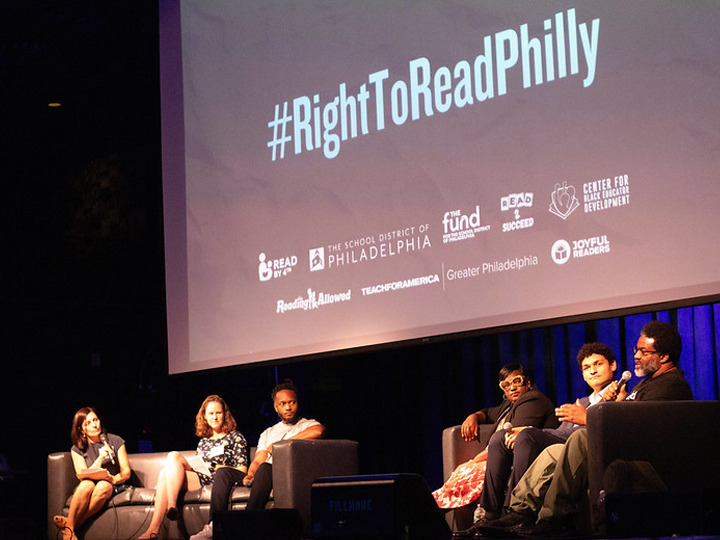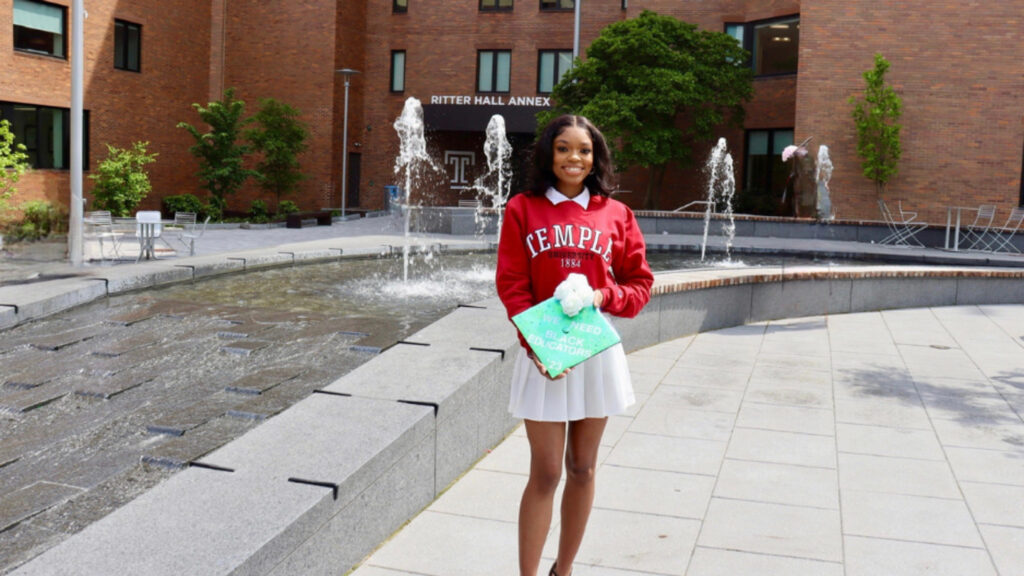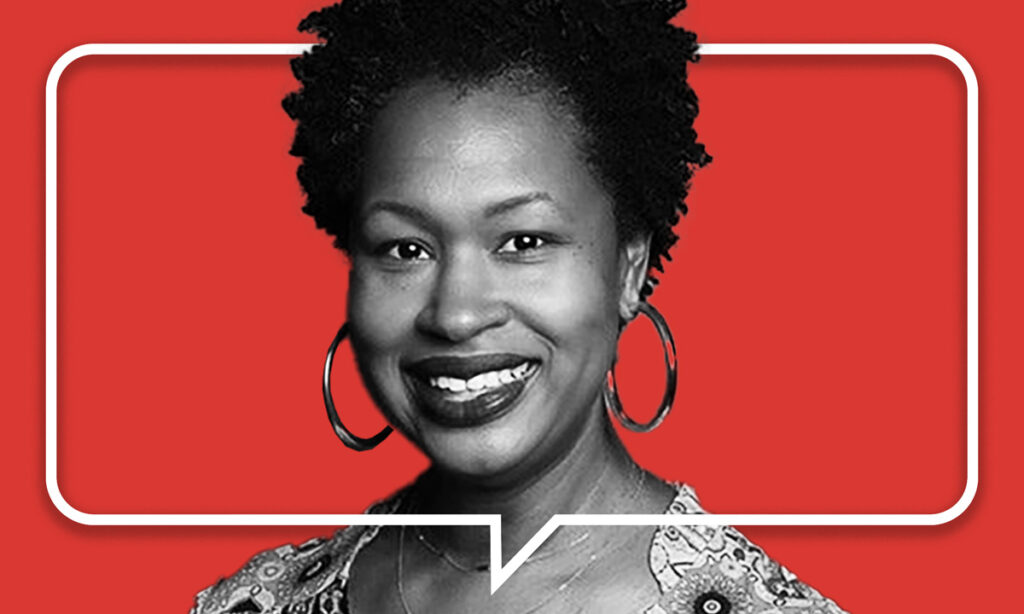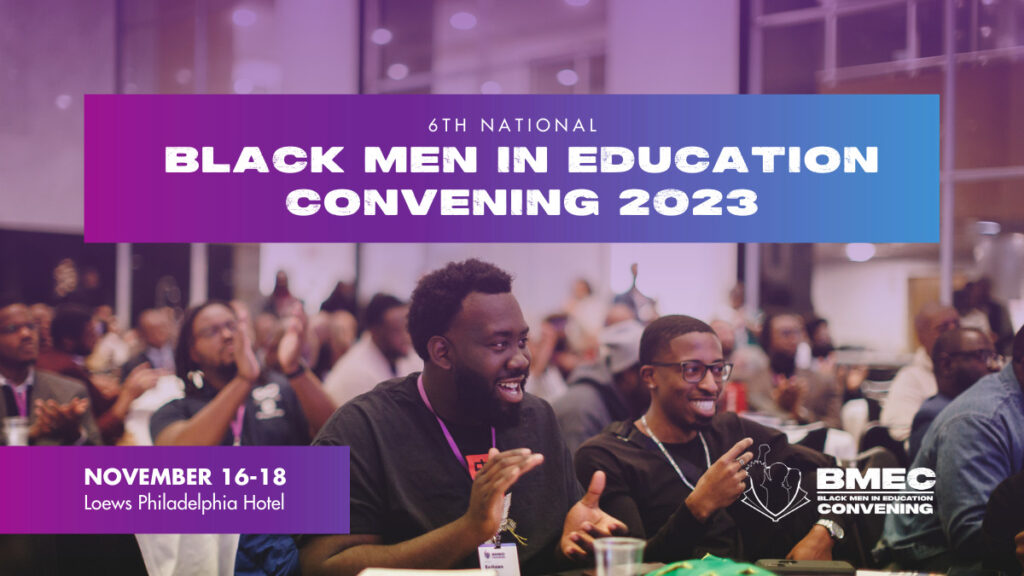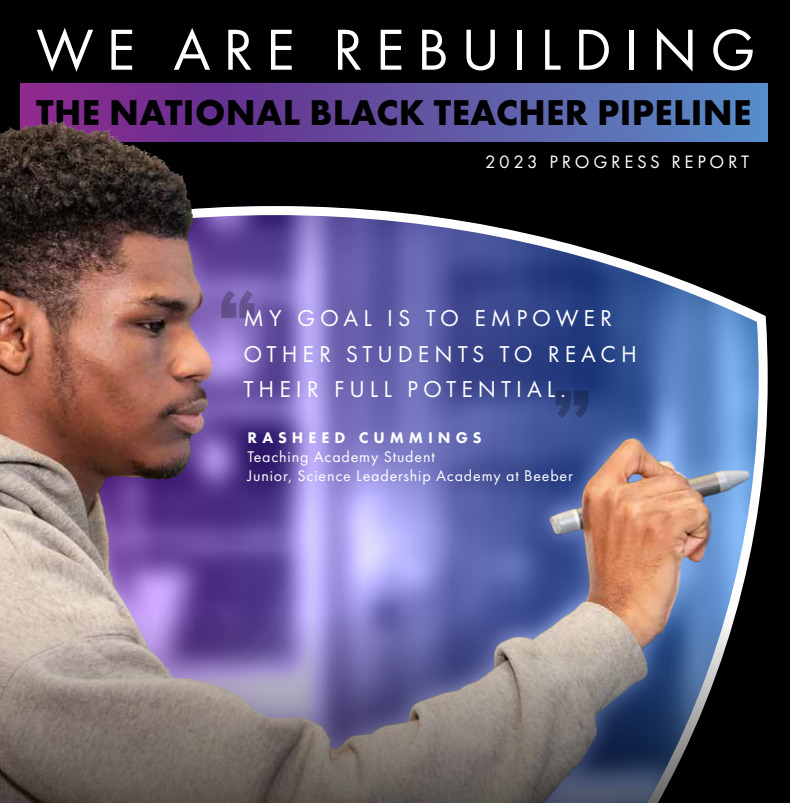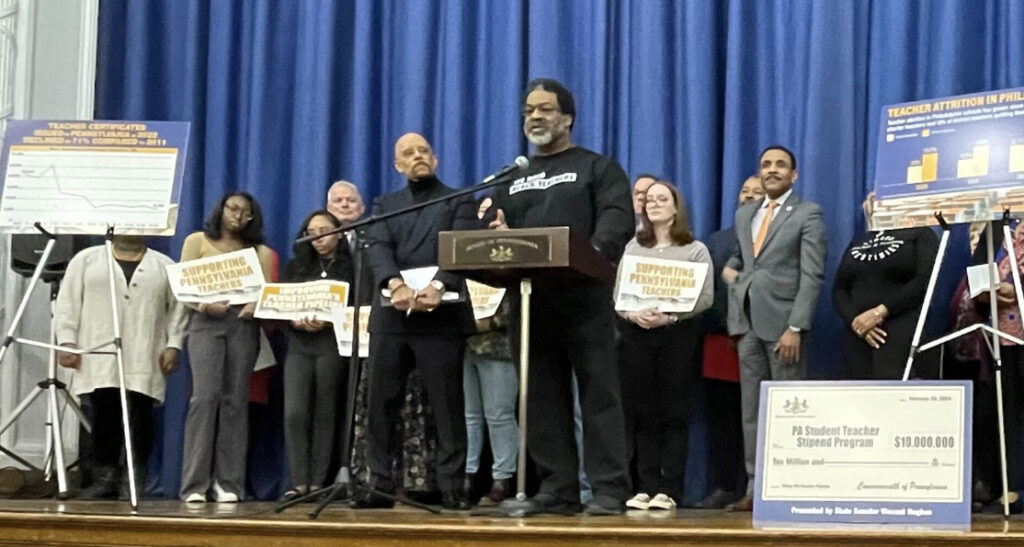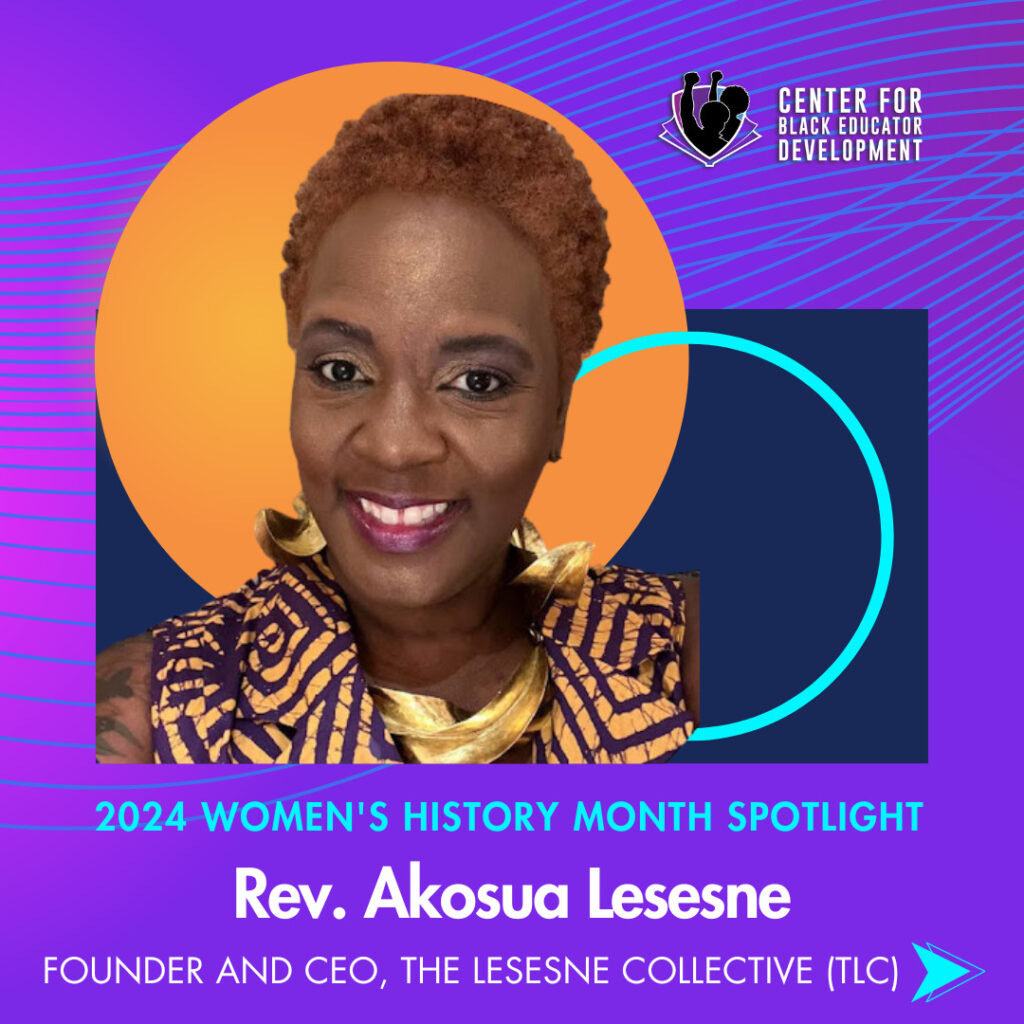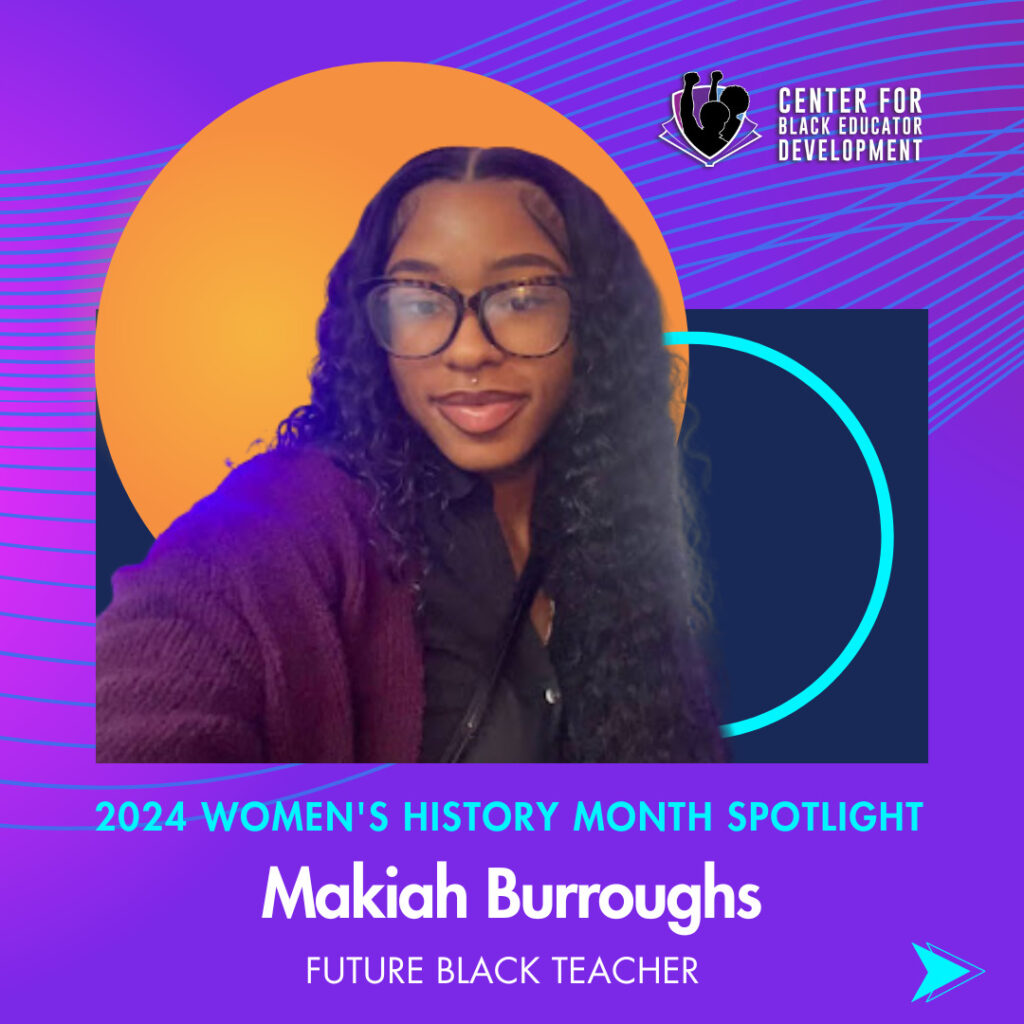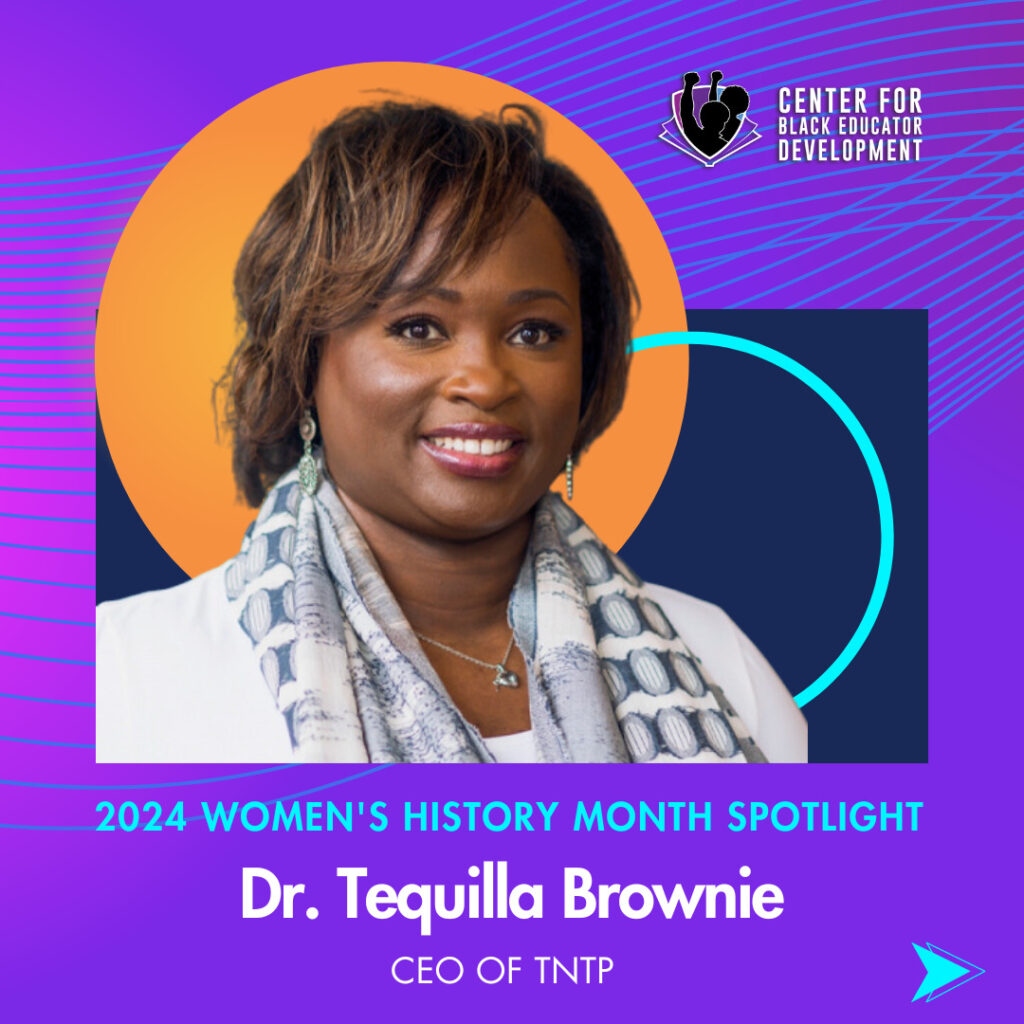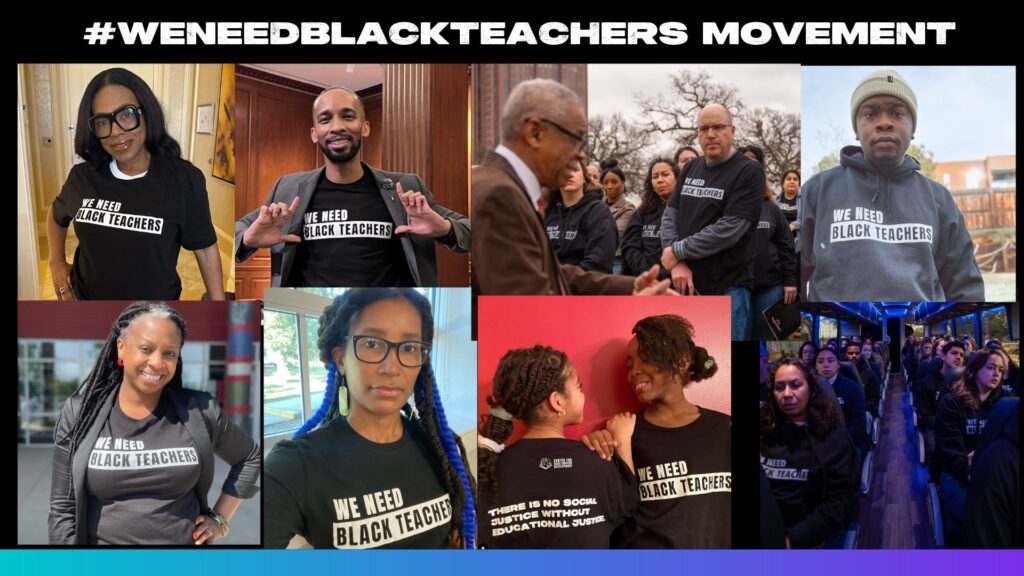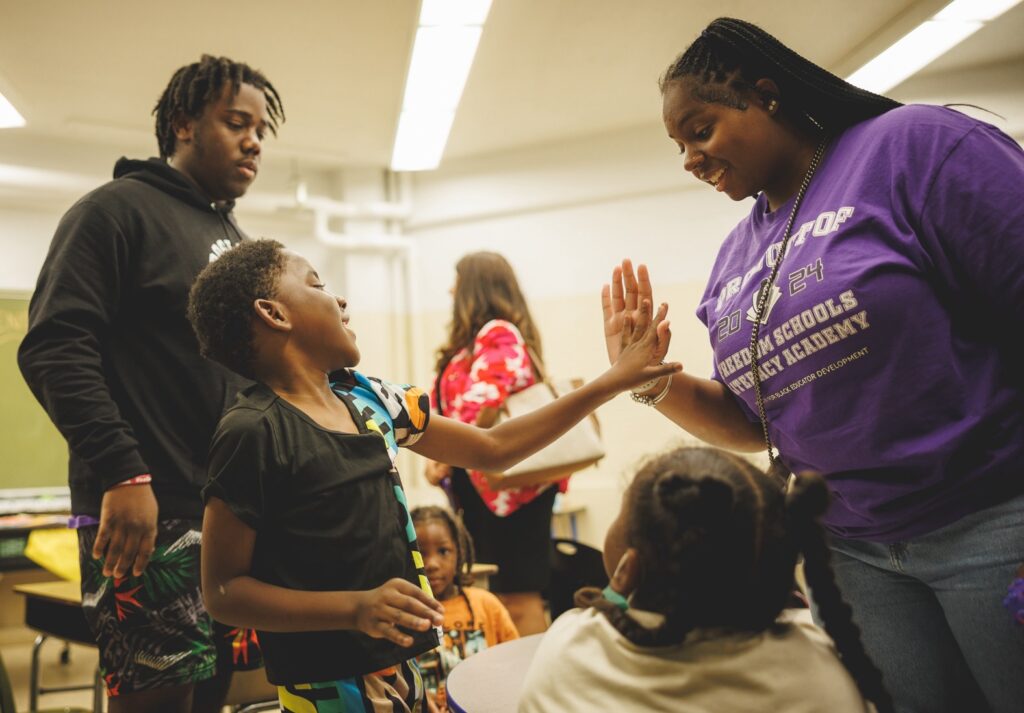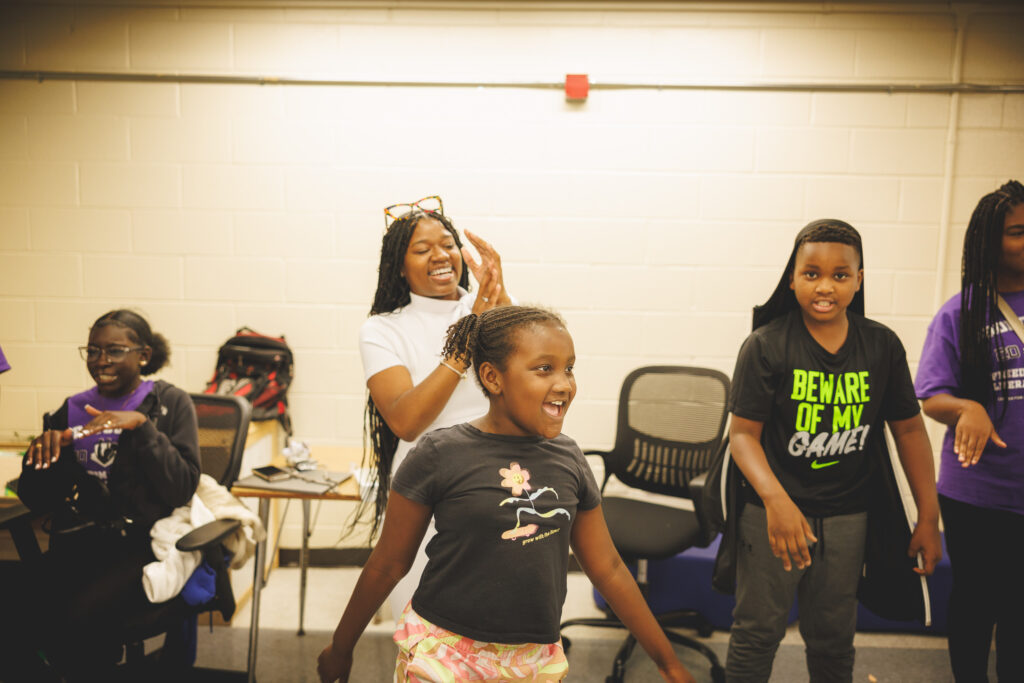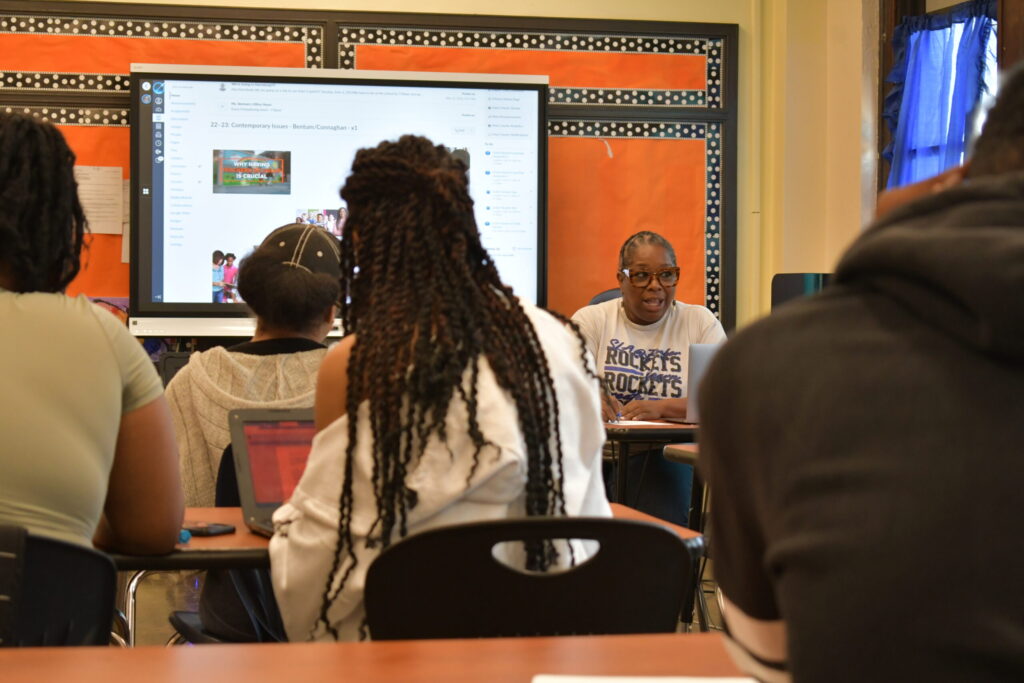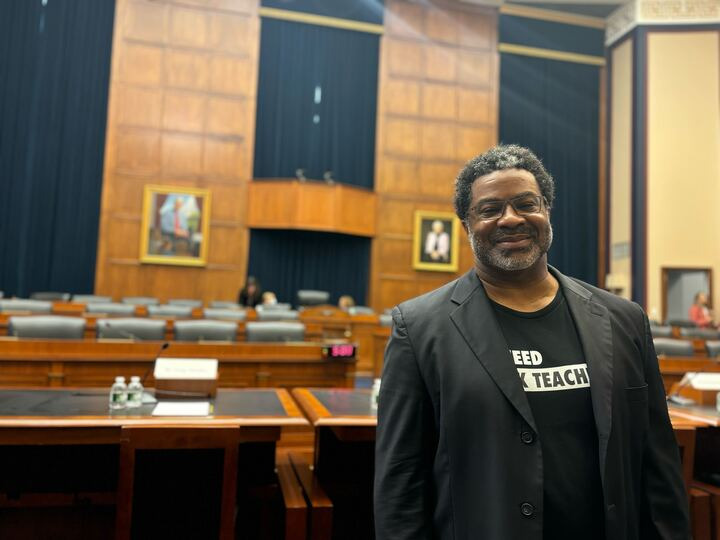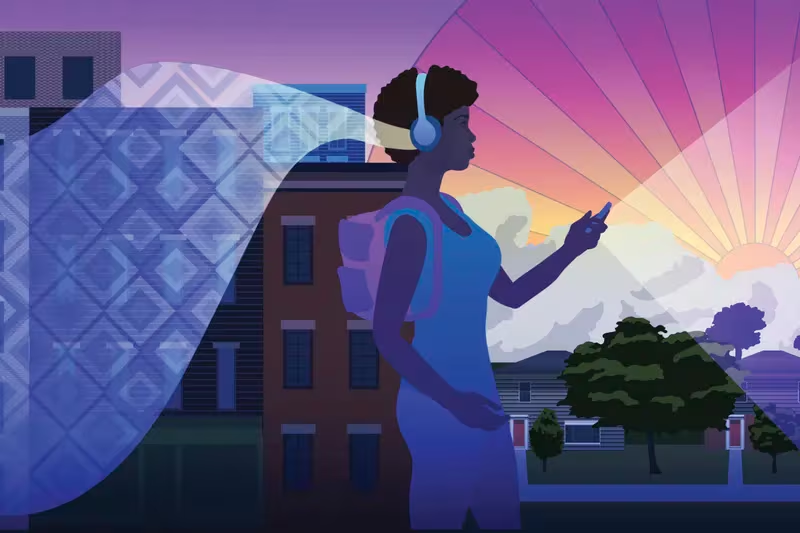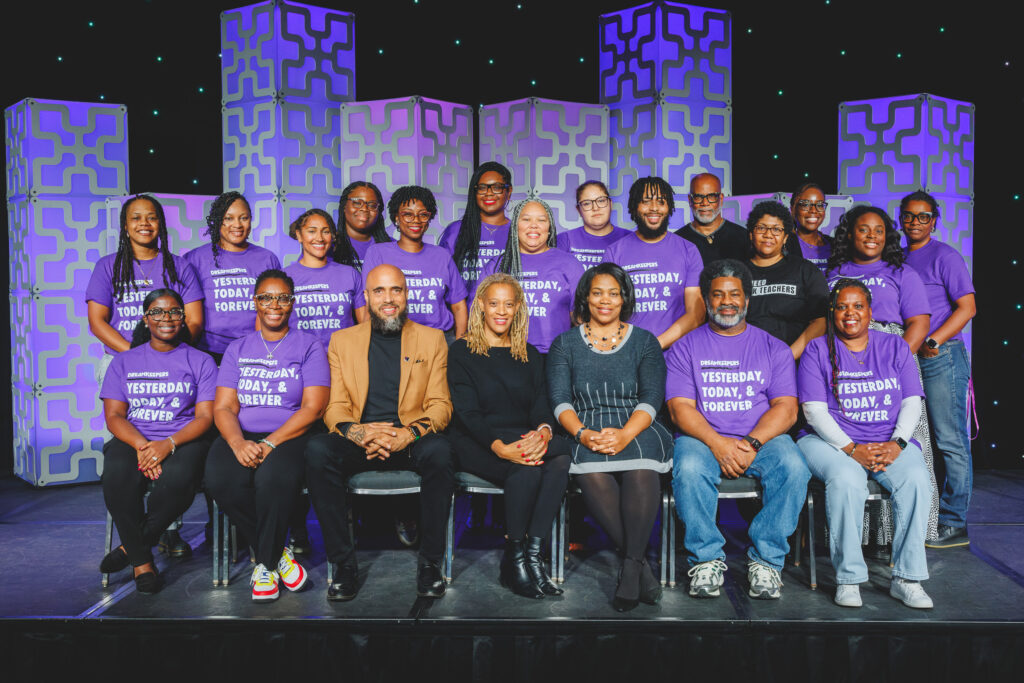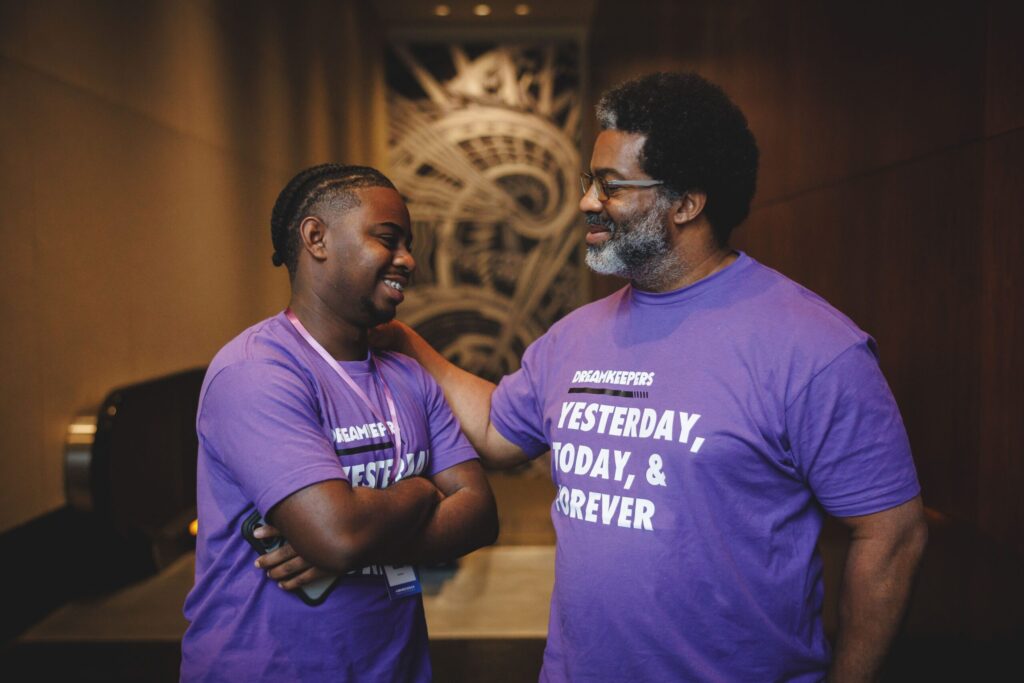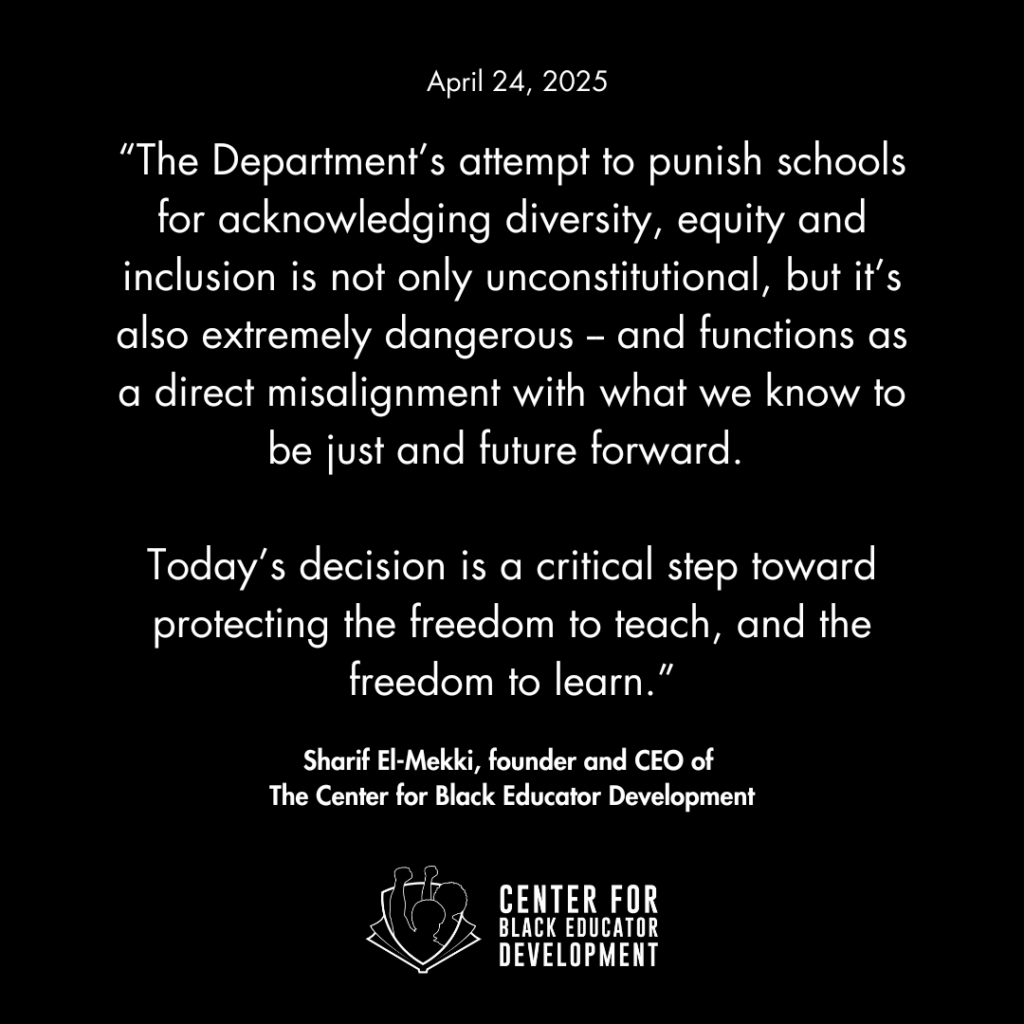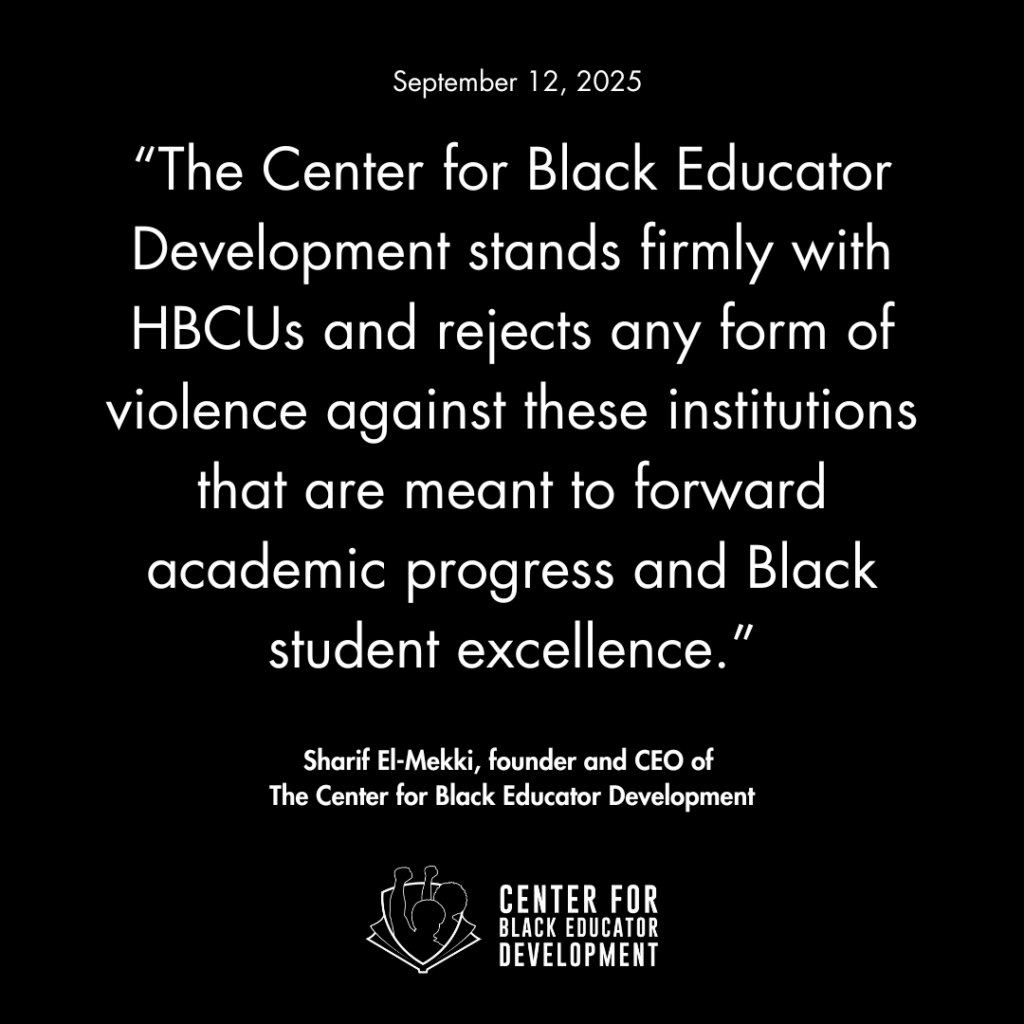Despite The Supreme Court Ruling, Race Based Admissions Will Endure… For White People

[This was originally published by the Center’s Founder & CEO Sharif El-Mekki on Philly’s 7th Ward]
This week a lot of folks will mark the independence of the United States from Great Britain, but for Black and Brown Americans, and those committed to racial justice, we are feeling something less than celebratory this year (and every year, for that matter). A layered, persistent, and consistent sense of being shackled to our past pervades our communities.
Last week’s ruling by the U.S. Supreme Court that the admissions programs of Harvard University and the University of North Carolina violate the Equal Protection Clause of the 14th Amendment is essentially the death knell for race conscious admissions programs and presents an existential threat to a host of other work to bring greater racial diversity, representation, equity, and overall fairness to public life.
Affirmative action and other racial and ethnic preferences in college admissions have been an essential mechanism for historically disadvantaged groups to gain entry to highly selective universities—what is an overwhelmingly white-contructed and fervently vigilantly and vigorously maintained world. Predominantly white institutions with selective admissions programs, even with these preferences, admit Black and Brown students at far lower rates than their white peer as a proportion of their overall population. Somewhere on the order of 5% of students in selective PWIs are Black—a proportion less than half of the national population breakdown.
That under-representation is driven by a host of causes, structural barriers to the success of Black students and communities, and pernicious iterations of systemic racism across the lives of Black and Brown people generally and students specifically. Add to that the significant and blatantly racist application of so-called “legacy” preferences, where as Congresswoman Alexandria Ocasio-Cortez noted 70% of Harvard’s legacy applicants are white, and we see what’s behind the crushingly low rates of admissions rates for Black and Brown students.
But as Supreme Court Justice Ketanji Brown Jackson wrote in her laudatory dissent, the Court’s majority seems to be as gleefully, persistently, and obtusely blind to that reality as the “race-blind” policies they seek to advance.
As Justice Jackson observed:
WITH LET-THEM-EAT-CAKE OBLIVIOUSNESS, TODAY, THE MAJORITY PULLS THE RIPCORD AND ANNOUNCES ‘COLORBLINDNESS FOR ALL’ BY LEGAL FIAT. BUT DEEMING RACE IRRELEVANT IN LAW DOES NOT MAKE IT SO IN LIFE.
The Supreme Court majority does not choose to see, know, or understand that being Black or Brown in America is not an attribute or a trait of a person, rather it is foundational, essential, and core to the very being of Black and Brown Americans. Our Blackness is inseverable from our person, the challenges of such, as a consequence of centuries of intentional racial injustice and, conversely, by virtue of the beautiful strength, creativity, and brilliance of the Blackness of our ancestors.
But the Supreme Court majority is once again blind to this. Chief Justice John Roberts outed himself fully on this point when he wrote, “In other words, the student must be treated based on his or her experiences as an individual — not on the basis of race,” he wrote. “Many universities have for too long done just the opposite.”
Affirmative action policies were never about looking beyond or outside of the individual, rather they were intended to fully account for the true breadth of human experience, the expansive way that race shapes reality for individuals in this society.
In Plessy v. Ferguson, the Supreme Court created the doctrine of “separate but equal”. In Students for Fair Admissions v. University of North Carolina, the Court is once again fabricating a future constitutional reality where racial groups who have the benefit of centuries of intentional and legal advantage can continue to play by those advantageous rules while Black and Brown students are forced to separately cope with enduring disadvantage wrought by those racially founded and entrenched rules.
Indeed, the result of this ruling will be to reinforce inequity, disparity, and disadvantage, not advance fairness, as the conservatives on the court would have the world believe. Justice Jackson observes the same in her dissent.
As Jackson wrote:
IT IS NO SMALL IRONY THAT THE JUDGMENT THE MAJORITY HANDS DOWN TODAY WILL FORESTALL THE END OF RACE-BASED DISPARITIES IN THIS COUNTRY, MAKING THE COLORBLIND WORLD THE MAJORITY WISTFULLY TOUTS MUCH MORE DIFFICULT TO ACCOMPLISH.
Lying to ourselves, believing myths of colorblind fairness only reinforce inequity, injustice, and the intransigence of discrimination. Here, again, Justice Jackson’s words echo with wisdom.
“No one benefits from ignorance. Although formal race-linked legal barriers are gone, race still matters to the lived experiences of all Americans in innumerable ways, and today’s ruling makes things worse, not better,” Jackson observed in her dissent. “The best that can be said of the majority’s perspective is that it proceeds (ostrich-like) from the hope that preventing consideration of race will end racism. But if that is motivation, the majority proceeds in vain.”
